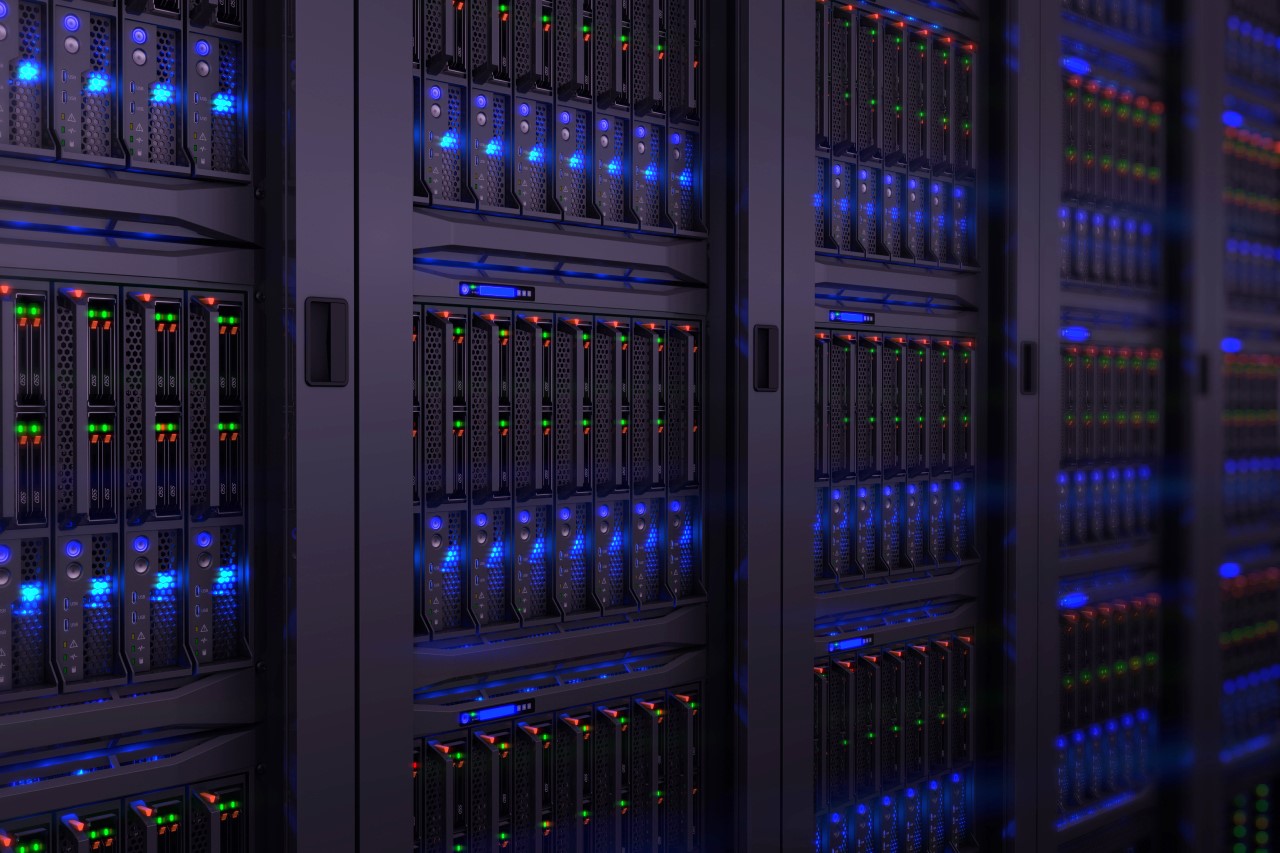Clearing All the Doubts: Why Data Centers Are Booming in the Digital & AI Age
09 Apr 2025
As "Data Center" becomes a buzzword in the era of AI dominance, and as more global tech players invest in data center infrastructure in Thailand and across Southeast Asia, many may be wondering: What exactly is a data center? Today, we’ll take you on a 360-degree journey to explore the world of data centers.
What is a Data Center, Really?
A data center is a centralized facility used to store, process, and manage large volumes of data for various organizations. It is equipped with infrastructure systems (facilities) that are designed to support 24/7 operations with high reliability. Inside, you’ll find IT equipment such as computer servers — both CPU (Central Processing Unit) and GPU (Graphics Processing Unit) based — for data processing, storage systems for data retention, and networking devices for connecting to various systems online.
Additionally, data centers include engineering systems that ensure smooth and continuous operation, such as main and backup power supply, temperature and heat control systems, automatic fire suppression, security systems, and internet connectivity. Most data centers comply with international standards such as ISO, Uptime Institute, or TIA to guarantee safety and service reliability.
Data centers are often measured by the amount of power they can deliver to IT equipment — using units called “megawatts (MW).” The higher the megawatt capacity (e.g., 10 MW or more), the greater the processing power and ability to support advanced technologies like Artificial Intelligence (AI) and Cloud Computing. Data centers are typically classified as:
- Small: Less than 1 MW – suitable for small organizations or specific tasks
- Medium: 1–5 MW – ideal for mid-sized companies or multiple departments
- Large: 5–20 MW – supports large enterprises or smaller cloud providers
- Hyperscale: Over 20 MW – built for global technologies like AI, GPU, Cloud, and Big Data, as well as online platforms such as social media or streaming services
- Giga Data Center Size: Over 1,000 MW or 1 GW - Support world-class technologies such as AI, GPU, Cloud, and Big Data, as well as full-fledged online platforms such as social media or streaming services
When Data Centers Become a Business, and Now Hit Global Trend
For large enterprises, owning their own data centers is common — especially among global tech companies with facilities across multiple countries. However, many organizations lack the resources or expertise to manage data centers themselves. That’s where data center service providers come in.
These providers build the data center facilities, manage the engineering infrastructure, and offer Colocation Services — where customers can rent space to place their IT equipment without having to build or maintain their own facility. This allows organizations to deploy systems quickly and focus on their core business, while the data center provider handles all the technical operations.
With the rapid rise of digital demand, cloud platforms, and AI usage in recent years, data centers have become even more essential as the foundation supporting all these systems. Customers now include a wide range of sectors — from government to private enterprises, both domestic and international. Major customer groups include:
- Enterprises: Such as banks, insurance companies, factories, retail businesses, and logistics providers — all needing secure and continuous data operations
- Hyperscale Cloud Providers: Like Google Cloud, Microsoft Azure, and Alibaba Cloud — requiring high-quality data centers in various locations to serve regional customers
- Government Agencies: That need secure and compliant data operations aligned with Digital Government policies
- Tech and Online Platform Companies: Including those in AI, e-commerce, gaming, streaming, and social media — needing high-speed, large-scale data processing and storage
- Telcos and ISPs: Using data centers to build their network infrastructure and interconnect international traffic
Data Centers in Everyday Life
All of this shows how having a robust data center makes our daily lives more convenient. Data centers are the Digital Technology Backbone behind services we use every day, such as:
- Apps and Internet Access: Every time you open Facebook, Instagram, LINE, or watch YouTube, data is stored and processed in a data center to ensure fast, seamless access
- Online Transactions: Bank transfers, bill payments, or mobile banking all depend on data centers for secure data processing
- Navigation and Travel Services: Google Maps, Grab, and other ride-hailing apps rely on data centers for real-time route calculations and accurate mapping
- Online Shopping: Lazada, Shopee, and other e-commerce platforms function smoothly thanks to data centers powering cart systems, payment processing, and logistics
- Hybrid Work and Work-from-Home: Tools like Microsoft 365, Google Workspace, Zoom, and Teams all connect through cloud systems backed by data centers
- AI-Powered Content Recommendations: Netflix, Spotify, and chatbot systems use data center infrastructure to deliver personalized content suggestions
- Generative and Agentic AI Systems: Tools like ChatGPT, Copilot, and AI assistants that can generate text, images, code, or plans in real time rely heavily on the computing power of data centers to provide intelligent, context-aware responses
While data centers may seem distant from our everyday lives, they are in fact the invisible engine that keeps our digital world running — from social media, online banking, and shopping to the AI assistants we rely on. Whether it's a large enterprise, government agency, or global tech company, everyone depends on data centers to store and process data securely and efficiently. As the world embraces a fully digital future, data centers are no longer just infrastructure — they are the foundation that makes everything in our connected world possible.



